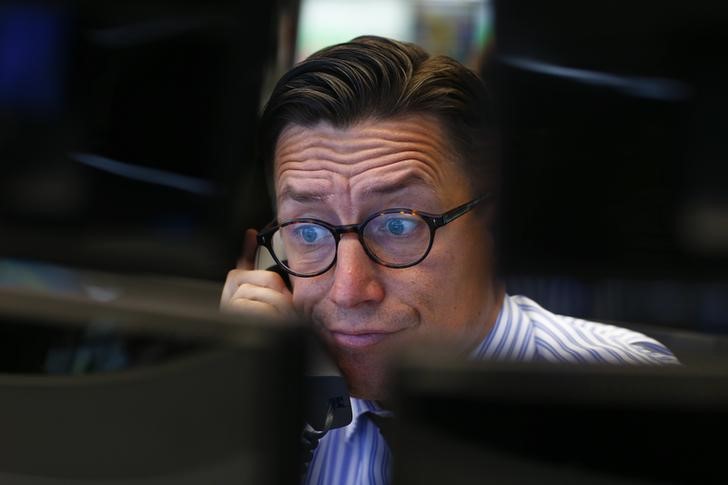The RBA is unlikely to cut interest rates any time soon after Australia’s monthly inflation rate surged to its highest level of the year in May.
The Australian Bureau of Statistics (ABS) reported this morning that the country’s consumer price index (CPI) increased by 4% last month compared to a year earlier. This surpasses the 3.6% rate recorded in April and exceeds economists' expectations of a 3.8% rate for May.
Driving the May inflation figure was a 9.3% increase in petrol prices and a 6.5% rise in electricity costs, up from 4.2% for April.
Housing costs also saw a significant increase, up 5.2% compared to May 2023, with rents rising by 7.4%, reflecting low vacancy rates in many cities.
Yet food price increases eased slightly, to 3.3% from April’s 3.8%.
The trimmed mean measure of inflation, a key indicator closely watched by the RBA, accelerated to 4.4% in May from 4.1% in April and 4% in March. This measure is preferred by the RBA to gauge underlying inflation trends over the 'headline' CPI figure.
However, monthly inflation figures, while indicative, are less comprehensive than the quarterly data expected on July 31. The RBA anticipates the quarterly inflation rate will rise to 3.8% for the April-June period, up from 3.6% in the March quarter.
Inflation previously peaked in December 2022 at 8.4% — a three-decade high — due to post-COVID government stimulus and higher global energy prices following Russia’s invasion of Ukraine. The RBA has maintained that it will raise interest rates for the 14th time in the current cycle if it doubts that inflation will return to its 2%-3% target by the end of 2024.
The Federal Budget, released earlier this month, projects price increases could slow to 3% or less by the end of 2024, relying on energy rebates and other measures to lower the CPI. That’s despite stage three tax cuts injecting more than A$20 billion into the economy in the coming financial year.
Following the release of the inflation data, the Australian dollar rose by around 0.2 US cents to nearly 66.7 US cents, as investors adjusted their interest rate expectations.
The local sharemarket fell sharply on release of the data, with the ASX200 Index now down a touch over 1%.
